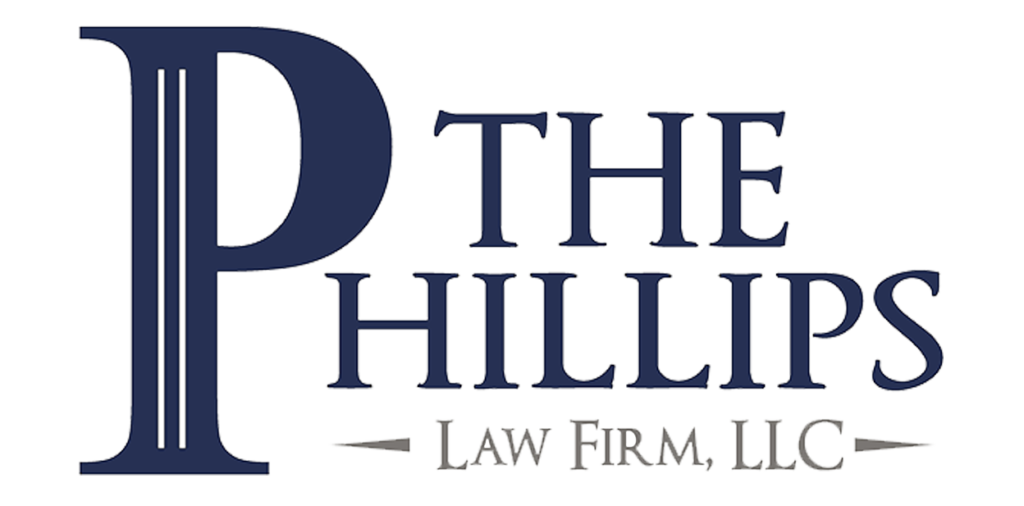The first drunk driving crash probably happened in 1897. George Smith, a taxi driver, was allegedly intoxicated when he hit a building. He eventually pleaded guilty, and a judge fined him twenty-five shillings.
There were no serious injuries in that crash, but that’s not normally true in alcohol-related collisions. In fact, alcohol is a factor in about a third of the fatal vehicle wrecks in Cobb County.
In these situations, a Marietta personal injury attorney usually has several legal options. Typically, all these legal approaches have the same outcome: an out-of-court settlement which includes compensation for economic losses, such as medical bills, and noneconomic losses, such as pain and suffering. Additional punitive damages may be available as well, especially if the tortfeasor (negligent driver) was a commercial operator.
How Does Alcohol Impair Driving Skills?
Alcohol is a depressant which slows both reflexes and motor skills. So, impaired drivers do not respond as quickly as they should to changing traffic conditions, even as something as routine as another car pulling out of a driveway.
Moreover, alcohol impairs judgement. People who drink have an unnatural sense of euphoria. That effect might make alcohol a nice thing to serve at parties, but that effect also makes it very dangerous for these individuals to drive. That sense of euphoria prompts people to take more chances.
When these individuals get behind the wheel, this combination of impaired motor skills and impaired judgement is quite literally deadly.
Circumstantial Evidence of Impairment
These effects begin after the first drink. In a claim for damages, evidence of such impairment includes the following:
- Erratic driving,
- Odor of alcohol,
- Bloodshot eyes, and
- Prior behavior (g. did the tortfeasor just come from a place which sold alcohol).
Individually, these items do not establish anything. There are plenty of reasons a person might drive erratically, allergies or cigarette smoke may cause bloodshot eyes, and so on. But the whole is greater than the sum of the parts.
Incidentally, the tortfeasor’s prior behavior may also give rise to third-party liability in alcohol-related collisions. More on that below.
Moreover, the burden of proof in civil court is only a preponderance of the evidence (more likely than not). A little proof goes a long way. Let’s stay with the prior behavior example. If the tortfeasor just came from a restaurant which served alcohol, that’s not conclusive proof that the tortfeasor had something to drink there. But it is more likely than not.
In these situations, the tortfeasor is liable for damages if the tortfeasor breached the standard of care. So, a sip of wine at communion probably would not support a claim for damages, even though the tortfeasor may be scientifically impaired.
A breach of care is easier to prove if the tortfeasor was an Uber driver, taxi driver, or other commercial operator. These individuals have a higher duty of care than noncommercial operators.
Alcohol and Negligence Per Se
If the tortfeasor was legally intoxicated and emergency responders cited the tortfeasor for DUI, the tortfeasor may be liable for damages as a matter of law. The negligence per se doctrine applies if:
- The tortfeasor violated a safety law, and
- That violation substantially caused injury.
A DUI arrest or citation is normally sufficient. Even if the tortfeasor “beats” the charges in court, the negligence per se doctrine typically still applies. In a civil case, the civil jury determines all the facts, including guilt or innocence on a relevant criminal matter.
The negligence per se doctrine does more than save time. It also usually increases the amount of damages. If the tortfeasor had so much to drink that the tortfeasor was legally intoxicated, the tortfeasor probably knew it was not safe to drive. Nevertheless, the tortfeasor got behind the wheel anyway, intentionally placing other people at risk. Most Cobb County jurors take a very dim view of such misconduct and punish it whenever possible.
The applicable BAC level is usually .08, but it is lower in certain cases, such as commercial operators. The lower commercial limit usually applies even if the tortfeasor was driving a personal vehicle at the time.
Third-Party Liability
Recently, some states have limited or eliminated their dram shop laws. These laws hold alcohol providers vicariously liable for damages. But Georgia Code Section 51-1-40 is one of the broadest such laws in the country. It applies if:
- Under 21: If a bar, restaurant, grocery store, or other commercial provider sells alcohol to an underage patron, the dram shop law usually applies automatically. A false identification card and the old “s/he looked older” defense usually do not hold up in court.
- Over 21: This law also applies if the patron was noticeable intoxicated at the time of sale. Evidence of intoxication includes some of the circumstantial evidence mentioned above, like bloodshot eyes and slurred speech.
Party hosts and other noncommercial alcohol providers may be liable for damages as well, under the dram shop law or another negligence theory, like negligent undertaking.
Vicarious liability is especially important in catastrophic injury cases. Many times, individual tortfeasors do not have enough insurance to cover losses like serious burns, spine injuries, and wrongful death. The dram shop law gives victims an additional source of compensation.
Contact a Dedicated Lawyer
Alcohol-impaired drivers often cause serious injuries. For a free consultation with an experienced personal injury attorney in Marietta, contact The Phillips Law Firm, LLC. You have a limited amount of time to act.

